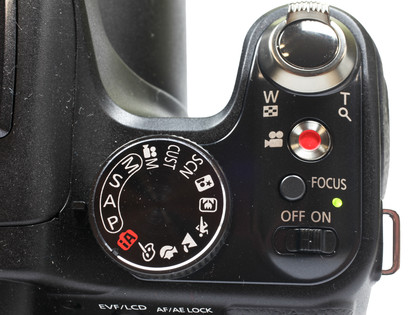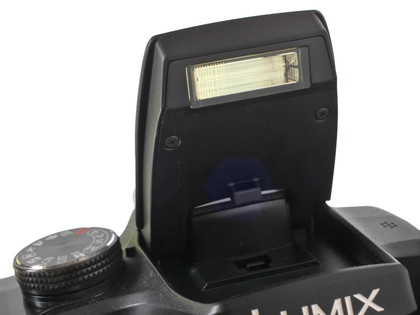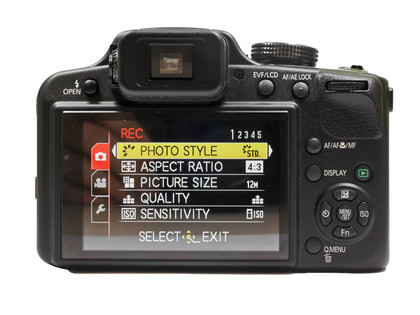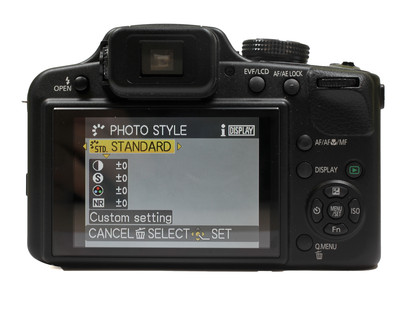Why you can trust TechRadar

The FZ48 isn't one of the best performers with noise levels at high sensitivities. Even at low sensitivities, images seem to contain artefacts and smudging around fine details, which is a little disappointing - but it is a bridge camera not an SLR.
These artefacts are only visible on very close inspection, and images at taken at sensitivities up to ISO 400 should be suitable for producing respectable 10 x 8-inch prints.
Raising the sensitivity to ISO 800 results in a marked increase in softening due to noise reduction, and many fine details are lost. ISO 1600 should be kept as a last resort, as coloured noise begins to affect images, and the noise reduction system starts to attack coarser details in an attempt to keep noise under control.

Intelligent multiple, centre-weighted and spot metering options are available through either the main menu or quick menu. The FZ48's intelligent multiple metering option does a good job of producing balanced exposures in a wide range of conditions, only being completely fooled by very harshly backlit subjects. An exposure compensation range of plus or minus three stops should provide ample adjustment range for most scenarios.
The sensor shift stabilisation system employed in the FZ48 does an excellent job of taming camera movement, especially when shooting video and using the telephoto end of the zoom. It manages to keep the viewfinder image very steady indeed.

The auto white balance performs well both indoors and outside, creating natural, neutral looking images in daylight and with only a mild colour cast under artificial lighting. Colours are generally rendered a little on the subdued side using default settings, so many may with to increase the colour saturation a little to lift their images.
Distortion is kept well under control, with a little barrelling creeping in at the wide-angle setting and a little pincushion distortion visible at the telephoto end. The level of distortion shouldn't pose too many issues for casual snappers, as it's remarkably well controlled for a lens covering such a wide zoom range.

To aid creativity in-camera, eight creative control modes have been incorporated into the camera, which recreate a wide range of special effects including, a miniature effect, expressive, retro, high key, sepia, high dynamic range, pin hole and a film grain effect.
These can be a lot of fun to use, creating similar effects to the popular Instagram app that many now use on their mobile phones.
